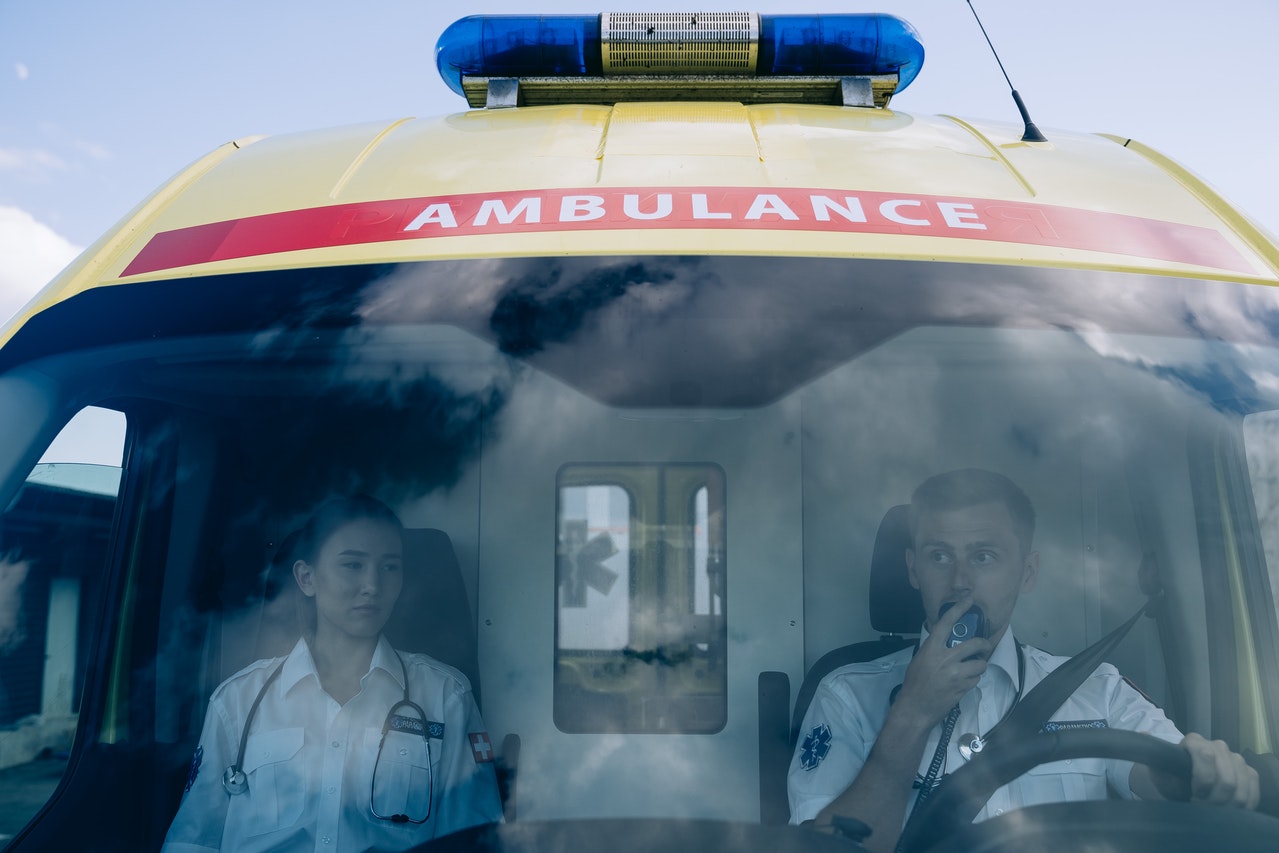In a damning recent interview, the head of the Royal College of Emergency Medicine, Dr Katherine Henderson said, “the NHS pressures are such that the service is failing its basic agreement to see the sickest patients in a timely way”. Indeed, ambulance wait time have been rising for a while – especially during the coronavirus epidemic in the UK – but these have now reached record levels which pose real danger to patients, staff and other services. For the first time in the history of the UK, Henderson warns that the NHS is failing its basic contract to respond quickly to ill patients who call for an ambulance. Staff absences due to coronavirus, a higher demand on services, bed shortages and funding restrictions are often touted as preliminary factors influencing the huge burden of healthcare provision on emergency services. The strain has reached a fever pitch now with a pilot volunteer scheme set up within the NHS to allow civilians and non-medical people to help to drive urgently ill patients to hospitals.
These responses will be limited to category 3 patients who do not have immediate, life-threatening conditions but are those who need care urgently within a hospital setting such as patients with complications from diabetes who need acute care. A pilot scheme in the London ambulance service (LAS) was discussed at the end of March, where the board decided to trial civilian transportation in response to category three patients who are acutely ill but not at risk of death. This for example can involve elderly people suffering from a fall, those with disabilities and complications, and fractures like leg or arm fractures. The LAS confirmed some patients are already transported to hospital privately (particularly those with mobility issues). Now, however, this is to be expanded and trialled to allow volunteers to take all category 3 and category 4 calls to hospital or urgent care facilities.

Below is a resource from the North East Ambulance service in 2017 with targets and then actual response times (at a time when there were no serious, acute pressures like today) for 999 calls and examples of the types of categorisations of conditions which are sorted by severity.
Category | Response | Response time to 90% of all incidents |
Category 1 | An immediate response to a life threatening condition, such as cardiac or respiratory arrest | 15 minutes |
Category 2 | A serious condition, such as stroke or chest pain, which may require rapid assessment and/or urgent transport | 40 minutes |
Category 3 | An urgent problem, such as an uncomplicated diabetic issue, which requires treatment and transport to an acute setting | 2 hours |
Category 4 | A non-urgent problem, such as stable clinical cases, which requires transportation to a hospital ward or clinic | 3 hours |
One of the issues facing the service is the backlog of patients waiting in A&E because of similarly long waiting times in emergency departments. This has led to a well-documented scenario of ambulances and patients queuing to get into the A&E rooms. In the worst-case scenario, some category 3 incidents have had to wait up to 22 hours to get in to accident and emergency, such is the volume of pressures. Commenting on the reports of these waits, Dr Henderson said, “It’s not acceptable -It’s a very, very significant loss of (sic) the agreement with the public about the NHS, which is that if you dial 999 and you need an ambulance (sic) you’ll get one in a timely way”.
Earlier this year, the average response time for ambulances in the south west (the worst in the country) had an average response of 11 minutes and 39 seconds to category 1 calls. The current best-case scenario demonstrated by staff at the North East Ambulance service is a response time of below 7 minutes for life threatening category 1 calls. At the beginning of 2022, response times have increased up to 9 minutes 13 seconds and the 90th percentile average was 16 minutes 12 seconds. On paper the stats read badly – but when considering a family member or friend may need urgent help, it seems there can be no one to turn to with wait times ballooning. In a press release from the Royal College of Emergency Medicine, Henderson admitted; “the fact that over 50% of departments have people over 24 hours … that is staggeringly bad. (sic) The fact that there’s anybody in the more-than-48-hour category is just unbelievably appalling.”
The problem may get worse before it gets better but the community spirit of volunteer schemes and a gradual decline in numbers of people seeking urgent care due to coronavirus may eventually reduce the burden on ambulance services. Over time the care backlog across all services will address the underlying conditions which have had delayed treatment – which in itself causes complications which often require emergency care.
